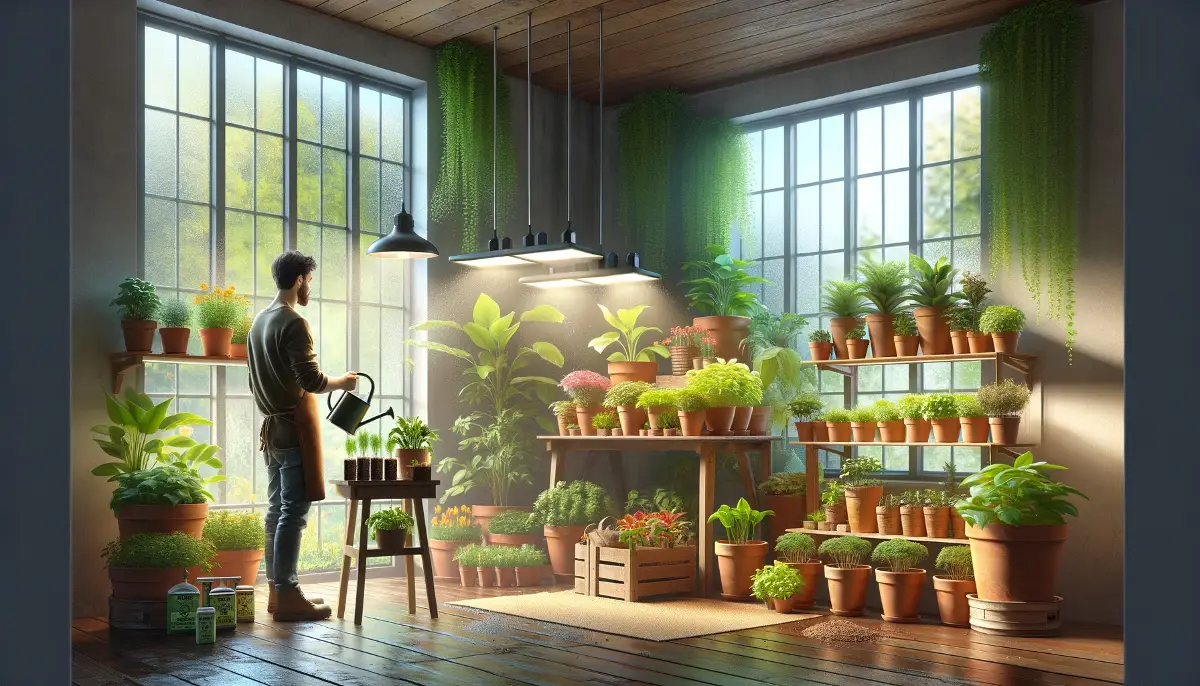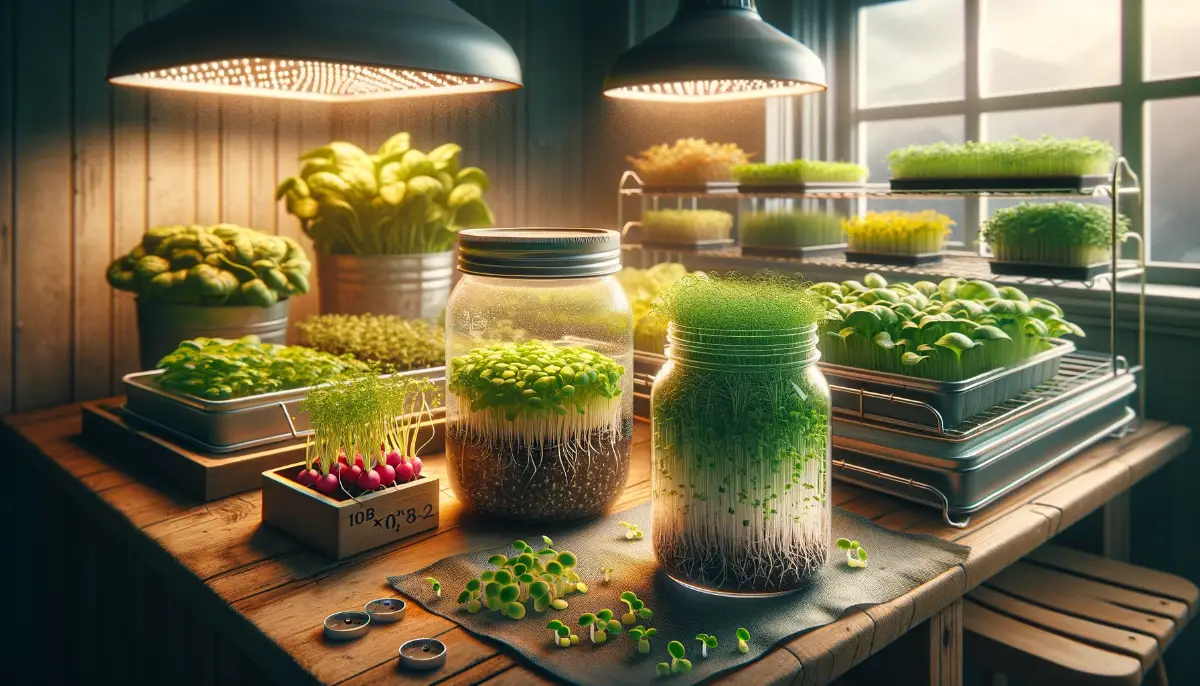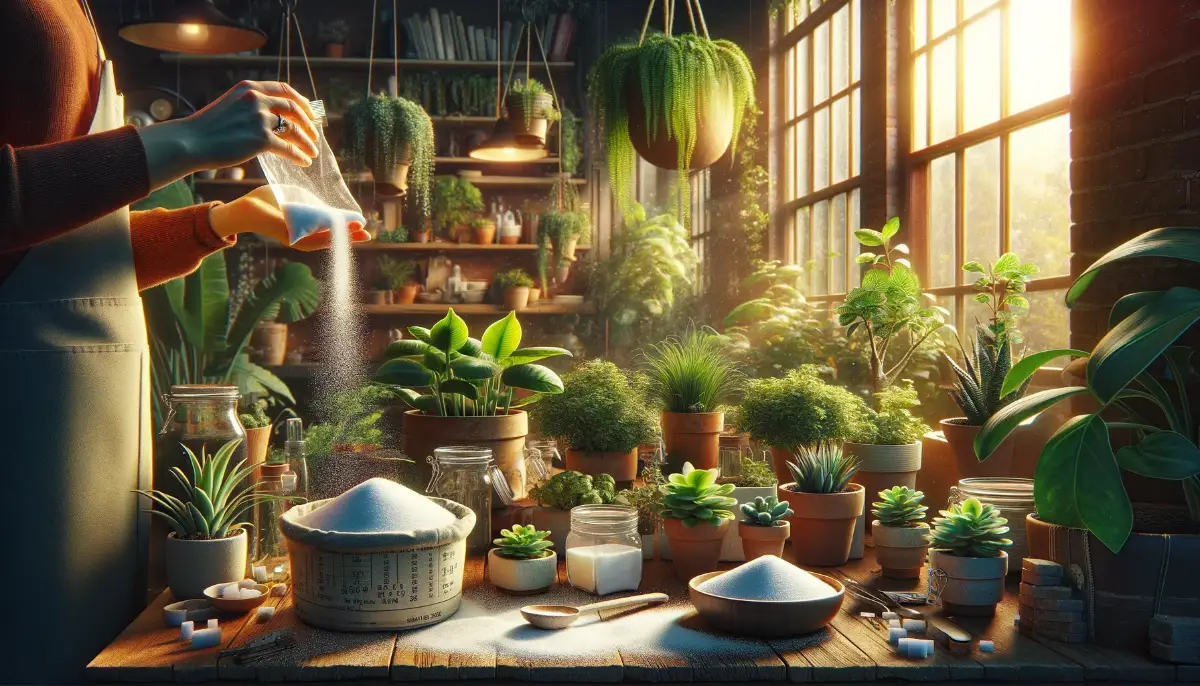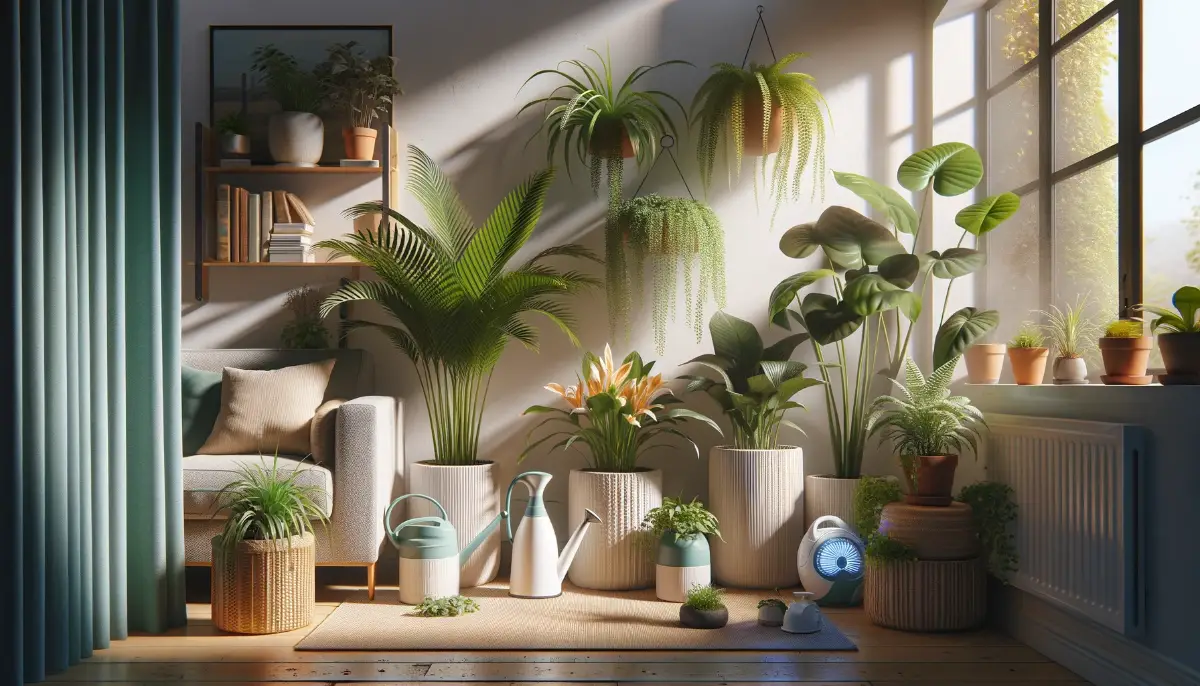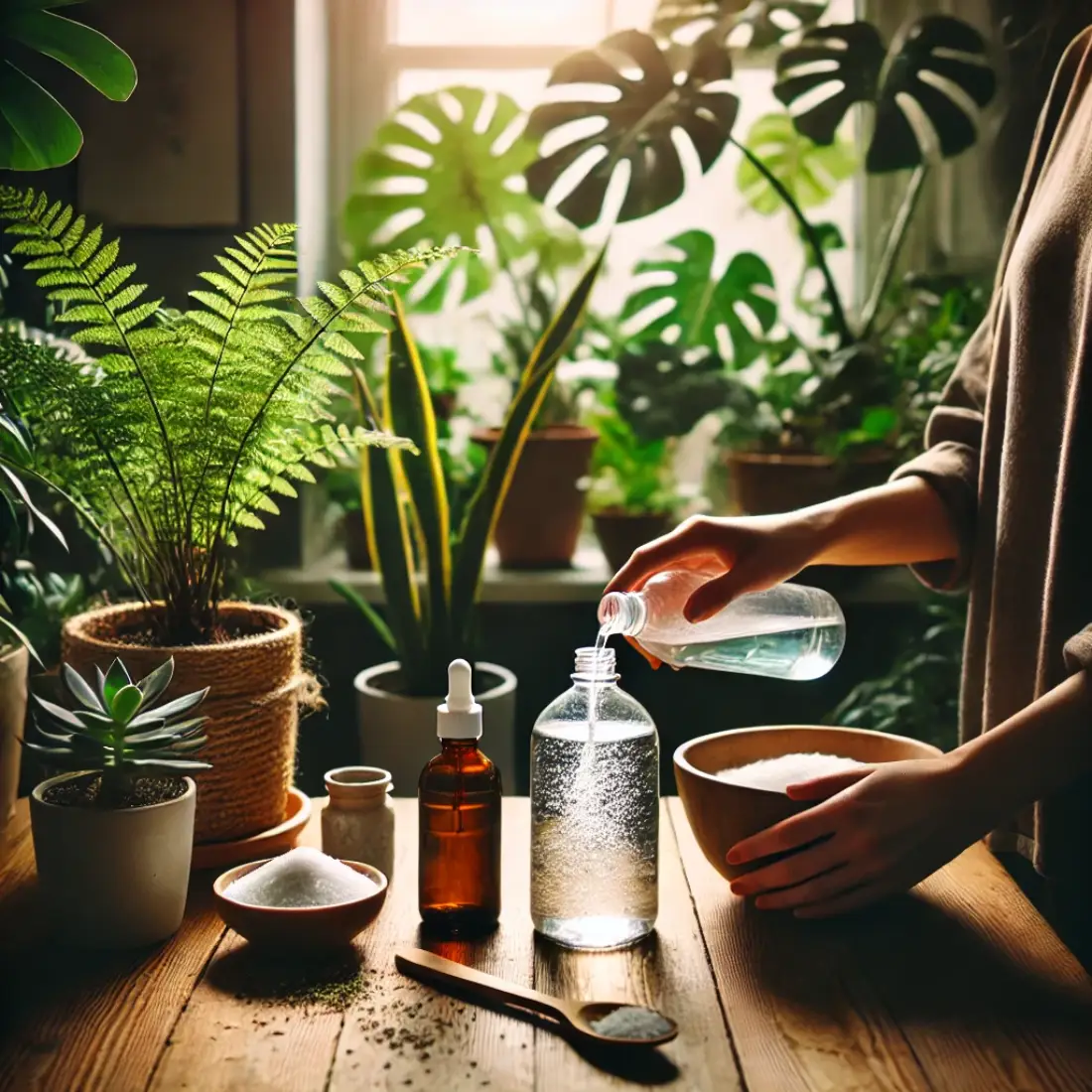For anyone looking to embark on this journey, I want to share the lessons I’ve learned and the practices that have helped me succeed. Whether you’re growing herbs, leafy greens, or even root vegetables, the following guide offers practical insights and tips for nurturing your organic indoor garden.
From soil and watering to lighting and pest control, you’ll find practical tips to ensure your indoor garden thrives.
- Organic indoor gardening promotes sustainability and year-round growing.
- Choosing the right soil, containers, and watering methods is essential for plant health.
- Good lighting, airflow, and organic pest control are vital for a thriving indoor garden.
- Start with beginner-friendly plants like lettuce, garlic greens, or carrots for a smooth experience.
Why Consider an Organic Indoor Garden?
Creating an organic indoor garden offers numerous benefits beyond just fresh produce. It ensures your plants are grown without chemicals, improves air quality, and provides a therapeutic hobby. For me, it became a way to bridge the gap between my love for gardening and the limitations of weather.
The best part? Organic indoor gardening allows you to enjoy fresh herbs, vegetables, and flowers all year round, no matter where you live.
Preparing Your Indoor Garden
Choosing the Right Containers
The foundation of healthy indoor plants starts with selecting appropriate containers.
- Drainage: Ensure your containers have drainage holes to prevent water from sitting at the bottom, which can lead to root rot.
- Material Options: While ceramic and terracotta pots are classic, recycled materials like mason jars or tin cans (with added drainage holes) can be eco-friendly and stylish.
- Size Matters: Match the pot size to the plant’s root system. Overcrowded roots can hinder growth, while oversized pots may lead to overwatering.
Pro Tip: Use a tray under each pot to catch excess water and protect your furniture or flooring.
Selecting Organic Soil
Not all soil is created equal. For indoor plants, organic potting soil is your best choice.
- Rich in Nutrients: Organic soil contains compost, peat, and perlite, which provide essential nutrients and improve drainage.
- Pest-Free: Unlike outdoor soil, organic potting mixes are sterilized to prevent pests or diseases from entering your home.
Suggestion: Add a layer of organic mulch (like shredded leaves or coconut coir) on top of the soil to retain moisture and reduce the need for frequent watering.
Caring for Indoor Organic Plants
Mastering Watering Techniques
Watering is one of the most critical aspects of plant care. Too much or too little water can stress your plants, so finding the right balance is key.
- Check Soil Moisture: Insert your finger about an inch into the soil. If it feels dry, it’s time to water.
- Water Deeply: Ensure water reaches the roots, but avoid leaving standing water in the pot.
- Frequency: Most indoor plants prefer consistent moisture, but always check individual needs—succulents, for example, require less frequent watering.
Tip for Beginners: Try using a self-watering pot or create a DIY system with a wine bottle for slow-release hydration.
Providing the Right Lighting
Light is the lifeblood of plants, and each species has specific requirements.
- Bright Light Plants: Herbs like basil and rosemary thrive in direct sunlight. Place them near south-facing windows.
- Low Light Plants: Snake plants and pothos are great for dim corners of your home.
- Grow Lights: For areas with limited natural light, invest in energy-efficient LED grow lights that mimic sunlight.
Pro Tip: Rotate your plants every few days to ensure even exposure and prevent them from leaning toward the light source.
Ensuring Airflow and Humidity
Proper airflow and humidity levels help indoor plants thrive and prevent common issues like mold or pests.
- Air Circulation: Place plants near an open window or use a small fan to keep air moving. This mimics outdoor conditions and prevents stagnant air.
- Increase Humidity: Use a humidifier, or group plants together to create a microclimate. Misting leaves occasionally can also help, especially in dry climates.
Quick Fix: Place a shallow tray filled with water and pebbles under your plants to boost humidity naturally.
Common Challenges and Organic Solutions
Managing Pests
Indoor plants are not immune to pests, but organic methods can effectively control them without harmful chemicals.
- Neem Oil: This natural pesticide works well against aphids, spider mites, and fungus gnats.
- Insecticidal Soap: A safe, organic solution for treating pests.
- Manual Removal: For larger pests, simply pick them off by hand.
Tip: Inspect your plants regularly for signs of infestation, such as discolored leaves or sticky residue, and act promptly to prevent spread.
Organic Fertilization
Indoor plants need nutrients to grow, and organic fertilizers provide them without disrupting soil health.
- Compost Tea: A liquid made by steeping compost in water, perfect for regular feeding.
- Worm Castings: Rich in nutrients, they improve soil texture and boost plant growth.
- Banana Peels: Place small pieces under the soil for a slow release of potassium.
Tip: Fertilize every 2-4 weeks, depending on the plant and its growth stage.
Quick Care Reference for Indoor Organic Plants
| Aspect | Best Practices |
| Watering | Check soil moisture; water deeply, not frequently |
| Lighting | Match plant needs; use grow lights if necessary |
| Airflow | Keep air circulating with fans or open windows |
| Humidity | Use humidifiers, misting, or pebble trays |
| Fertilization | Apply compost tea or organic solutions monthly |
FAQs: Caring for Indoor Organic Plants
How often should I water indoor organic plants?
It depends on the plant type, but a general rule is to water when the top inch of soil feels dry. Avoid overwatering, as it can lead to root rot.
What’s the best fertilizer for indoor plants?
Compost tea, liquid seaweed, and worm castings are excellent organic options that nourish plants naturally.
Can indoor plants survive in low light?
Yes, many plants, such as snake plants and pothos, thrive in low-light conditions. Use grow lights for plants that require more light.
How can I increase humidity for my indoor plants?
Group plants together, use a pebble tray with water, or run a humidifier to maintain optimal humidity levels.
How do I prevent pests on indoor plants?
Inspect plants regularly, use neem oil or insecticidal soap, and maintain good airflow to prevent infestations.

